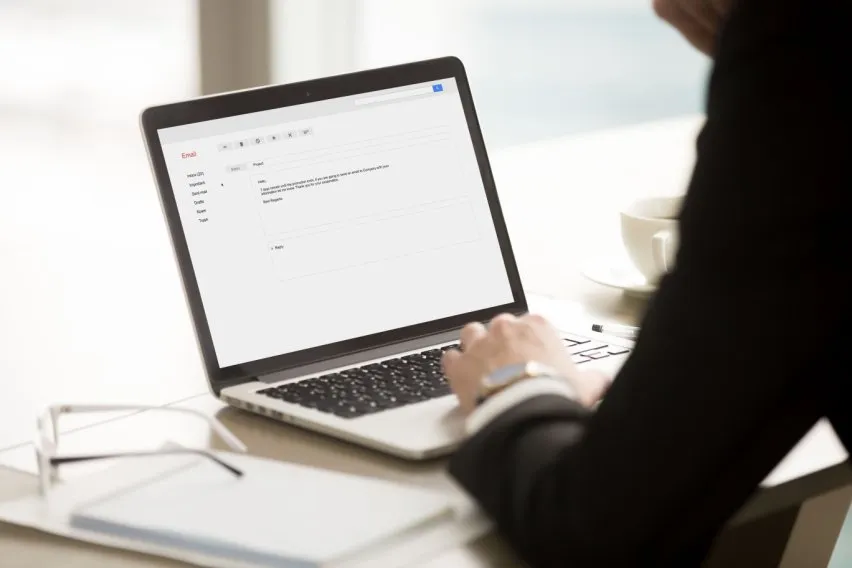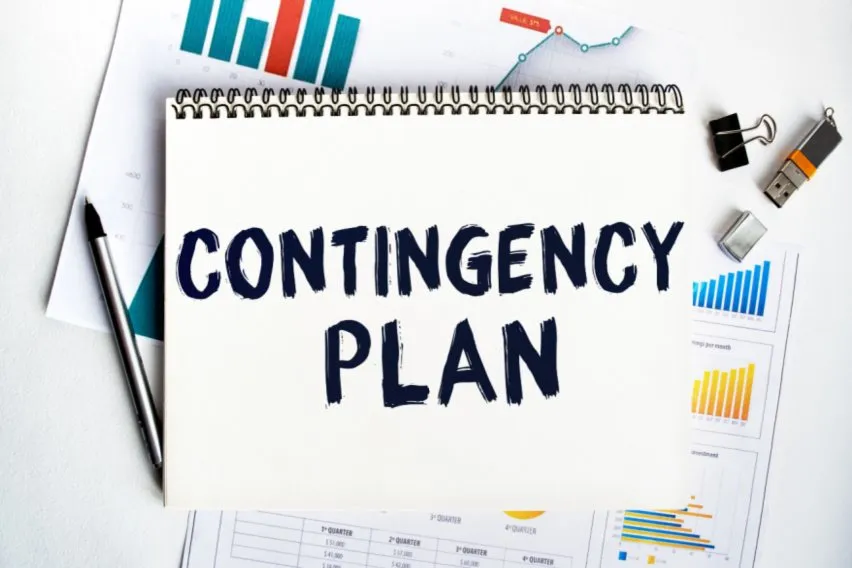How to Write an Effective Communication Plan: Step-By-Step Guide

Clear communication is often what makes the difference between success and failure in business. It’s particularly important to communicate clearly when you’re doing project management. Another aspect of effective communication planning is understanding how your team members respond to different approaches.
However, don’t worry! The good news is that developing a successful communication strategy is not difficult.
After reading this guide you will be in good shape to start developing a communications plan template.
Start by identifying which channels you will use and agreeing how they’ll be used by the team.
Now read on as we take a deeper look at what an effective communication plan is. We’ll take a look at how to write one, the benefits of having one, and show you some examples.
Table of Contents
Steps on How to Write a Communication Plan
What Is a Communication Plan?
A communication plan describes how you will convey the important information to relevant people. They could be internal colleagues, project stakeholders, external clients or the media.
A successful communication plan maps out your key messages and tells your project team who should receive updates and when. It will explain how to involve different stakeholders.
The plan will outline to your project stakeholders which channels to use and when to use them. It will map out how frequently various details should be shared and who is in charge of each channel. You should make it clear who to contact under different circumstances.
Without a clear communication plan one project team member might ask an important question on a channel or platform which other colleagues rarely use. In that situation both team members could become frustrated or feel cut off from an important task.
Another risk is that your project team might approach a senior member of staff with enquiries which the person is unable to respond to. Now you’ve got a difficult situation unfolding. There’s three colleagues all unhappy as a result of poor communication and the job is not progressing.

Steps on How to Write a Communication Plan
1. Carry Out an Audit on the Current Communications Channels You Are Using
It’s crucial to carry out an audit of the current state of communications within your firm, before you begin implementing your plan. This can help to identify any potential problems.
An audit will involve collecting and analysing data. Then you can create a plan of action based on the findings. You might also want to think about gathering people together for a focus group, or conducting an online survey.
Your full audit will expose any gaps or flaws in how you communicate. You must address these problems before proceeding to the next step.
2. Set SMART Objectives for Your Communications Strategy
Following your audit, you should set a few goals. This should all be based on the information from the data, focus group or survey.
It’s important to remember that objectives should be SMART:
● Specific
● Measurable
● Attainable
● Relevant
● Time-based
Even if the desired outcomes are more difficult to quantify, your team should help you to specify the goals they want to achieve as a result of the plan. Empowering your team to take ownership is helpful because they will be selling the objectives to the relevant parties.
3. Figure Out Who You Intend to Deliver Your Communications Strategy to in This Group
The next step in effective communication is to identify and understand your audience.
Which stakeholders are you writing for if you need a crisis communication plan ?
Examples of different stakeholders include:
● Members of staff
● Investors
● Clients
● Citizens
● Members of the local government
● Media
To tell your story to the media, the best format is a press release. You need an established process in place to select who will talk to the media, a draft of what they will say, and an action plan.
If your target audience is internal members of staff then the communications strategy will be different. You might want to include a list of Directly Responsible Individuals (DRIs) with their contact information.
4. Consider Your Audience While You Draft Your Proposal and Its Outline
Start is by drawing up a spreadsheet or graphic, mapping out what you want to say, who you’re aiming the messages at, and on which channels.
Once you’ve created that general overview, your communications plan should be organized with the support of the best proposal software, and it should include:
- Your purpose. This is the intended use for the communications plan
- Escalation framework. This should include your “first line of defence”, and “greater response team”
- Roles and responsibilities. This should lay out the roles and responsibilities of each relevant employee
- Yes and Nos. A list of the dos and don’ts of communication
- Maintaining an effective response plan. A description of how you will maintain your plan.
5. Choose the Platforms on Which You Should Distribute Your Messages
You can employ a variety of communication techniques, depending on your message and the audience you want to target.
If you’re creating a communication plan for internal personnel, you might choose email as the best way to reach your entire company. Alternatively, you could convey your message through a series of in-person team meetings.
To engage with customers an email newsletter might be the most appropriate way to get your message out.
We’ve explored in another article how to surprise and delight your customers.
The best tactic to speak to the media is usually through a press release.
Of course, the channels you decide to use will depend on your goals. But when drafting your communication plan, keep your distribution strategies in mind.
6. Choose Which Team Members Will Be in Charge of Communicating the Message
After deciding on the audience, determine the person who will be directly responsible for delivering the message. At this point you should also decide which channels to use.
For example, if it’s to present a new growth strategy to the senior leadership team, the most appropriate person to deliver it might be the Director of HR.
Following that you could ask the HR team to hold meetings and training sessions with individual teams across the business. These will ensure every employee is aware of the changes and their justifications.
This would come after the leadership team has been brought on board the project.
For more ideas on how to lead a team and inspire them, read this article with 9 Things You Can Do to Boost Team Performance.
7. Calculate an Approximate Time Frame for How Long Each Process Should Take
You should have a general concept of how long it will take to execute each step in your plan.
If your plan needs to be implemented across the whole company, think how long that will realistically take.
If it is a message which needs communicating to the outside world, do not make assumptions about the duration of a media cycle.
A marketing firm might estimate that it will take a month to fix a little fault in a marketing campaign. But after meetings with customers, stakeholders and staff, that time frame could seem totally unrealistic.
8. Analyse the Outcomes of Your Plan
After presenting the communications plan, evaluate the results and identify the things that went well. There will always be room for improvement ahead of the next communications strategy.
Perhaps you’re running an advertising firm which didn’t achieve its objective to boost prospective applications by 25 percent in a quarter. To give yourself additional time you could adjust the goals or change the focus of their quarterly planning.
Alternatively, think about how to reword your communications strategy. There might have been specific words or phrases which caused worry or fear among internal stakeholders.
Remember not to use similar words in the future so your communications plan comes across as more useful, advantageous, and positive.
Communication Plan Benefits
Better Clarity
Key stakeholders can use project communications plan templates to see what they need to do, when to do it and who to contact if they have any questions. Sometimes people attempt to complete tasks with only a vague understanding of what is required to meet expectations. Effective communication plans give group leaders and those they supervise the clarity they need to succeed.
Better Morale
To reach its full potential, a team must communicate properly. People find it much simpler to collaborate when there is a defined communication process. This should be coupled with measurement metrics which everyone can use. Teams function more effectively as a unit if the appropriate messages are sent to the appropriate people.
Fewer Mistakes
An effective communications plan specifies how staff should contact stakeholders when challenges emerge. If communications become disorganised, employees can wind up doing far more work than necessary. You help to avoid wasted time and opportunity by putting a solid communications plan in place.
Key Takeaways
As the saying goes, if you fail to prepare, then prepare to fail.
Clear communication allows you to transmit the right message at the right time. An effective communication plan is a great tool in any project management. A strong communication strategy will successfully convey your message to your target audience. It will ensure you are on track to meet your company’s goals.
FAQS on Communication Plan
What Is a Communication Plan Template?
A project communication plan template is a framework that can be used to write a plan. A project manager can use this communications plan template to ease the process of writing their plan.
What Is the Purpose of a Communication Plan?
Communication plans specify what information should be conveyed, who it should be conveyed to, when it should be shared, where it will be shared, and how it will be monitored and evaluated.
How Many Components Are in a Communication Plan?
This will depend on what type of communication plan you’re making. It ranges from 5-16 components such as the context, your target audience, and the key messages to get across.
What Is a Strategic Communication Plan?
This is when you map out how to inform staff about your organisation’s goals. This approach is designed to encourage and help employees to buy into your strategy and support your organisation’s performance success.
RELATED ARTICLES


 How to Write a Project Proposal: A Step-By-Step Guide
How to Write a Project Proposal: A Step-By-Step Guide Contingency Plan: What It Is and Why Do You Need It?
Contingency Plan: What It Is and Why Do You Need It? Project Initiation: Guide to Kickstart Your Project the Right Way
Project Initiation: Guide to Kickstart Your Project the Right Way Matrix Organisational Structure: Definition, Pros & Cons
Matrix Organisational Structure: Definition, Pros & Cons Risk Register: What It Is and How to Create One
Risk Register: What It Is and How to Create One What Are Profitability Ratios? Definition, Types & Importance
What Are Profitability Ratios? Definition, Types & Importance